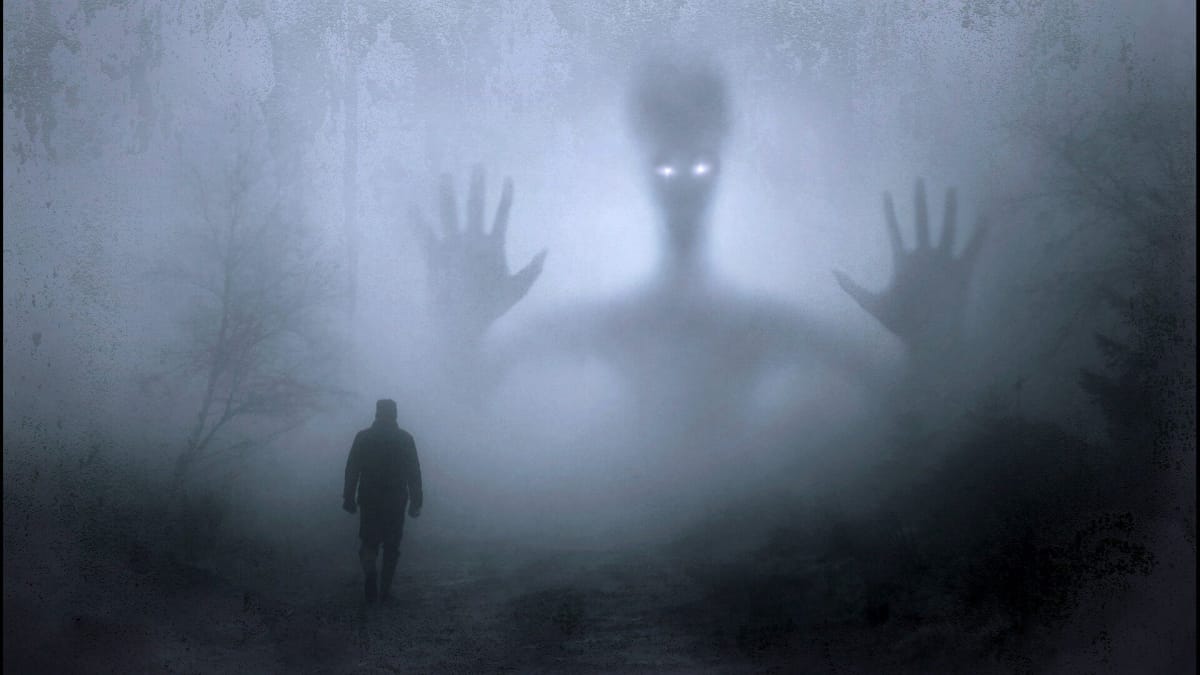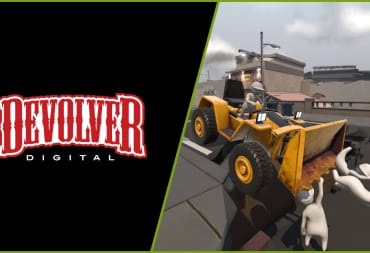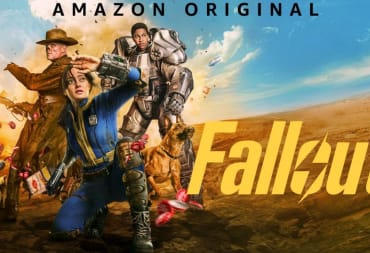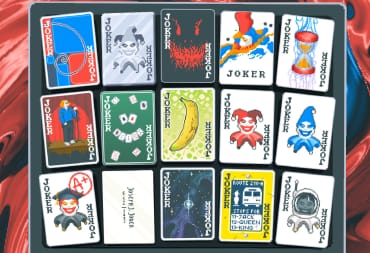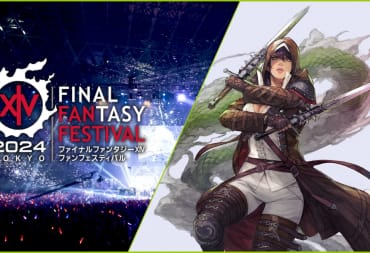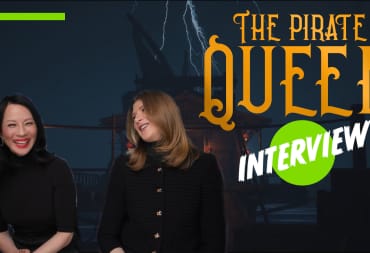Horror is a rich genre with a storied history. It can encompass a number of sub-genres and explore dark and taboo themes in a mature, responsible way. Thanks to the power of imagination and group storytelling, we can insert ourselves into a variety of roles and learn empathy, cooperation, and darker parts of the human psyche. All of the benefits of tabletop gaming can still apply. The game design, however, is very important, as there are a number of ways that horror tabletop RPGs can spiral out of control and become horrific for all the wrong reasons. Following some simple guidelines, however, can have you and your friends chilled to the bone in a good way.
Horror Tabletop RPGs: Player Buy-in and Consent
When running horror games, it is important to establish boundaries and ground rules. Knowing your audience will help head off many potential problems right away. Establish what sort of horror you plan to focus on. Will you create a gory slasher film, like SAW? Is your focus on psychological mind-games, like Silent Hill? Or do you want a light romp with Scooby-Doo campy antics? Your atmosphere will define the tone of the game, its world, and the characters and forces inhabiting it.
What constitutes “horrific” means different things to different people. For younger audiences, particularly children, things that are frightening or “gross” are things that you can conceivably touch and see: monsters under the bed, a shambling skeleton, or a pile of wriggling worms. Adult fears are more abstract. Poverty. Failure. Betrayal. Aging. Still, parts of our brains retain childhood fears. The animated skeletal remains of someone the player failed to save is an example of this. The bones aren’t the unsettling part, but rather what they symbolically represent.
The best advice is to play with people you know. Part of horror is showing sides of ourselves that are more vulnerable, something we do better when surrounded by friends. Knowing where you can poke and prod and where you should withdraw is vital to creating personalized, effective horror. Discomfort, not distress, is the general vibe you want to pursue.
Another important piece of advice is having your players buy into the conceit. A Session 0 irons out this issue, like many potential wrinkles in a game. Horror games gain an immense benefit from these pre-gaming discussions. The “fish out of water” is a viable concept, but gag characters and wackiness should not overtake the tone of the game, unless that is the tone of the game. It’s the reversal of a very grim character played straight in an otherwise standard fantasy setting: the tonal shift is jarring and inappropriate. Talk with your players to manage expectations and work together to create the best experience for everyone at the table.
Horror Tabletop RPGs: Balancing Tone
When it comes to effective horror, relentless doom and gloom will cause players or an audience to disengage. Don’t snatch away a hard-won victory, at least not right away. Giving the players (and their characters) a moment of celebration, levity, and something good sets them up for crushing despair later.
Start at the end. Do you want your players to emerge triumphant? Will they bear scars from their ordeals, or come out whole? Assuming they all survive to the end, what is the ultimate fate you’re steering your players towards? Encourage them to create flawed individuals, characters with regrets and darkness that might be locked away in a corner of their mind. Give them the means to set up their own demise, or a chance to literally or metaphorically set right something that went wrong.
If you plan to go with the Scooby Doo horror-lite version, instead sprinkle in bits of horror beneath the wacky hijinks. You can subvert this later by something truly horrific showing up, but as always work with your players to manage their expectations. Mood whiplash is a powerful tool when used correctly, but can simply leave people confused if not done well.
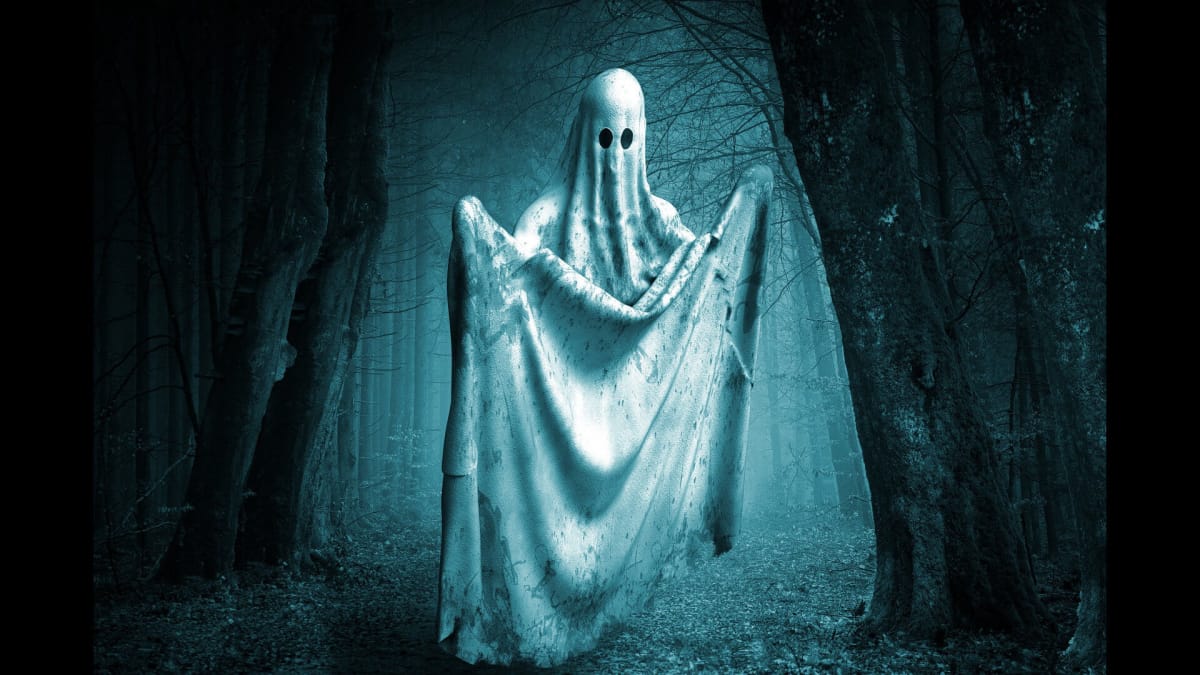
Your tone will vary depending on whether the horror is fantastical, supernatural, or completely banal. Be aware that overt, gritty horror instead of a merely “grim” setting will require additional player buy-in. More mundane horror may be too intense for many tables and requires very specific groups. As a general rule of thumb, the less you know your table, the lighter you should aim for when deciding on your tone. Sensitive topics such as assault and abuse can be explored with horror, but may not be appropriate for you or your table. Systems such as the X-Card (see below) and discussing boundaries ahead of time can help prevent serious misunderstandings and avoid certain topics.
Horror Tabletop RPGs: Picking Your System
As far as the best experience goes, some gaming systems are better than others. Bluebeard’s Bride uses the Powered by the Apocalypse system. On average, players will just scrape a partial success (7-9). The effectiveness of the horror comes in with the system’s “success at a cost” mechanic. Contrast this with something such as a d20 system. The typical d20 system emphasizes collecting a lot of small bonuses to reliably pass most skill checks. Higher-fantasy systems and higher-level games also focus on heroic fantasy, which makes horrors something that the player can conquer.
Essentially, the more powerful the character, the harder it becomes to engage them in horrific circumstances. Systems like Call of Cthulhu generate characters that are not in their element. Anyone with experience with the Mythos has this familiarity and power come at a significant cost, their sanity slowly (or otherwise) eroding down to 0.
While any system can be adjusted for horror, some fit better than others. Systems with some innate potential or support in their mechanics are:
- Dungeons and Dragons and its derivatives (moreso low levels)
- Victoriana (Gothic/Steampunk horror)
- World of Darkness (Various flavors of horror, but the default is urban fantasy supernatural)
- All Flesh Must be Eaten (Zombie-focused survival horror)
- Call of Cthulhu (particularly cosmic horror)
- Apocalypse World and its derivatives (Bluebeard’s Bride, Monster of the Week, and many others in the Powered by the Apocalypse line)
This is not an exhaustive list. You're mostly limited by your creativity when it comes to what system you use for your horror tabletop RPGs. Pacing is important for horror, and constantly referencing rules can break tension. Powered by the Apocalypse games are fundamentally easy to set up and can generate strong horror vibes without a lot of rules.
Horror Tabletop RPGs: Tools and Props
Besides the game system, there are several tools that you can include to make a more effective horror game. Dim lighting and a good ambient soundtrack are fantastic, low-cost ways to improve immersion. The genre known as "unmusic" can create a Cryo Chamber, and is one of my go-to providers when it comes to unsettling, dark vibes I can put in the background. Adrian von Ziegler is also quite prolific, with a wide variety of music for most settings. Avoid songs which are overly-bombastic with abrupt shifts in tempo or intensity, or that contain a large number of lyrics. Also avoid "popular" songs which people will be able to recognize unless that music is part of the horror. Those can be distracting.
In addition to mood lighting and soundtracks, however, there are other tools which can ensure a good time. The X-Card system can help empower players and reel in intense situations. From personal experience, I found that a “stoplight” system is similarly effective. Red means to stop immediately, yellow signifies to ease up, and green indicates consent to continue. Various other tools are included in the linked documentation as well, so find something that works for your table.
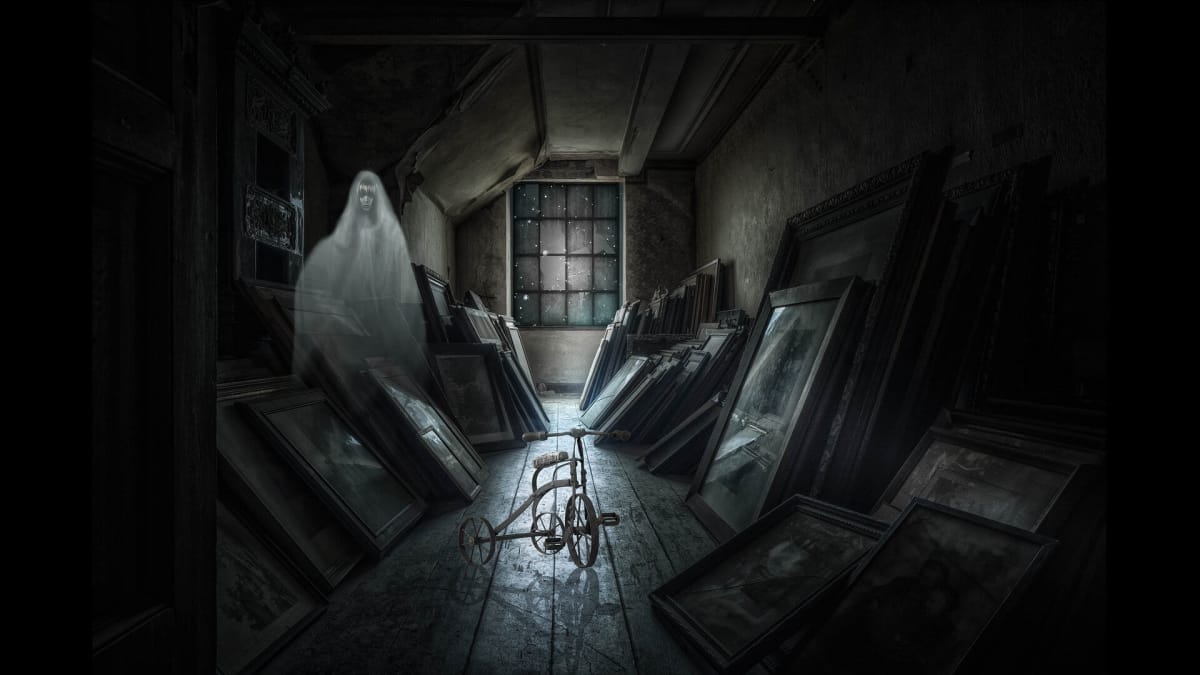
Different games will use different items, tools, and props. In horror, props can often take the form of documents or trinkets. Aged and slightly-singed papers make for neat (if very fragile) things for your players to hold and examine. Follow good safety practices when creating your props. In the case of things such as invisible ink, you should provide the means to view what’s written (heat, solutions, and so on). This can create an immersive experience, but be sure that it doesn't become a distraction or slow the game to a crawl. Similar tactics are useful in mystery-themed games.
Are there other systems you love running horror in? Do you have any additional advice for newbies running horror tabletop RPGs? Let us know in the comments below or on our social media. Featured image courtesy Stefan Keller from Pixabay.
Have a tip, or want to point out something we missed? Leave a Comment or e-mail us at tips@techraptor.net
